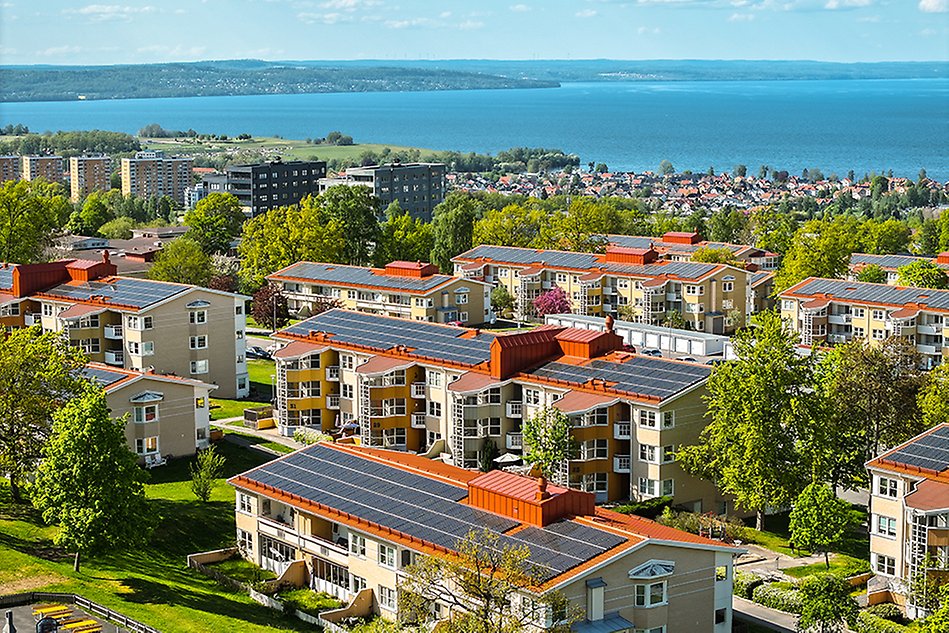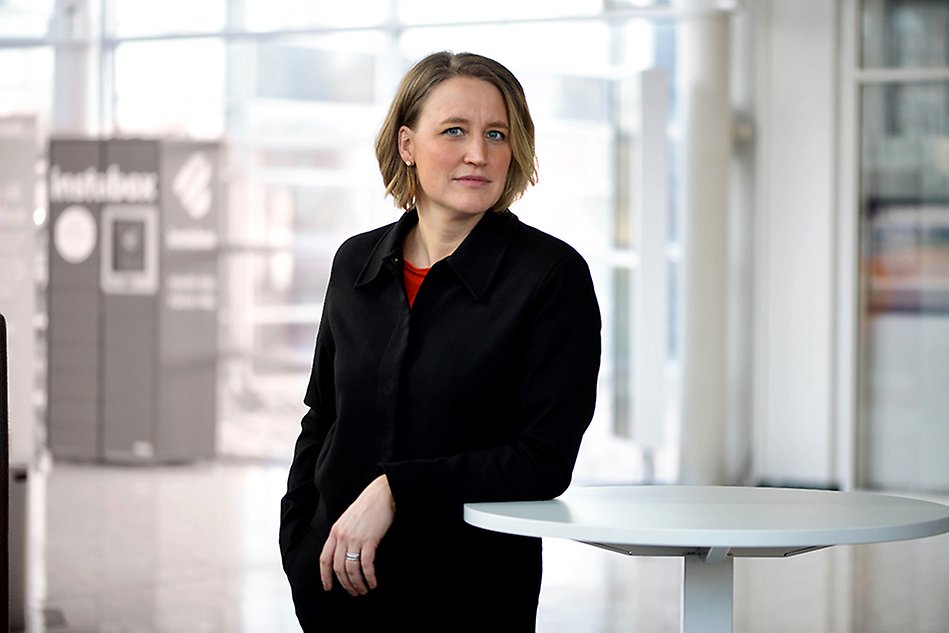The energy solutions of the future require new working methods in construction
New research from Halmstad University emphasises the importance of collaboration for a successful energy transition in the construction sector. The research shows that long-term partnerships, trust between actors, and client engagement both within and outside projects are crucial.

“We have the technology to build better, that's not where the obstacle lies. The challenge is changing our working methods and collaborations in order to fully utilise this technology.”
Charlotta Winkler
The construction industry accounts for 20 percent of the global annual greenhouse gas emissions. Counteracting this requires investments in energy-efficient solutions and innovative electricity and heating systems. But introducing such solutions is often easier said than done, says Charlotta Winkler, a former industrial PhD student at Halmstad University. In her doctoral thesis, which she wrote in collaboration with the analysis and technology consultancy WSP, she looked at how energy-related innovations are implemented to create value in the construction sector, and what is required for this to succeed.
“We have the technology to build better, that's not where the obstacle lies. The challenge is changing our working methods and collaborations in order to fully utilise this technology”, says Charlotta Winkler.
In the study, Charlotta Winkler looked specifically at how solar panels for electricity generationare integrated into construction projects, and the challenges that building owners face when they suddenly become energy producers.
“This means new roles and responsibilities. The involved actors need to understand the laws and regulations and how they are affected by, for example, energy tax. It also requires new knowledge and a different type of collaboration than they may be used to,” says Charlotta Winkler.
Housing company held up as a role model
A key case in Charlotta Winkler’s research is Eksta Bostads AB, Kungsbacka municipality’s housing company, which has been a driving force in energy innovation and sustainability for over 40 years. The housing company has a strategy of continuously testing and introducing new ideas, while participating in various networks and collaborations.
“Eksta demonstrates how important the role of the client is in driving innovation. They build their ability to drive innovation by engaging in multiple ways, both within projects but also outside of projects with different actors in the community”, says Charlotta Winkler and continues:
“They have a culture of trying new things, and they are not afraid of failure. Rather, they see failures as opportunities to build knowledge. They know that introducing innovation costs time and money, and they see it as an investment.”
Eksta Bostads AB actively participates in networks with other developers, authorities, schools, and universities.
“They make themselves available for research and embrace new ideas which they bring into projects where they can be tested and implemented. This way, they create value in their projects and advance development.”

Charlotta Winkler defended her doctoral thesis ”Client orchestration for the implementation of energy innovation in construction” in May.
Trust and long-term partnerships
Charlotta Winkler’s research shows that introducing energy innovations is complicated and that it requires collaboration in new types of groups.
“To succeed with new technology in construction projects, trust between project actors is required, which is strengthened by long-term partnerships. All parties must be committed, understand that it involves new challenges and be willing to solve problems together”, she explains.
In order to contribute to the energy transition and meet future demands for improved energy performance and reduced climate impact, the construction industry must create conditions for broader collaboration. It's about moving beyond one's traditional sphere and to include actors outside the construction industry on the same terms, argues Charlotta Winkler.
“Developers who want to drive change and contribute to the energy transition will need to be involved in the development of innovations, so that these can be adapted to the construction context”, says Charlotta Winkler, adding:
“As a client, it is important to be perceptive. To drive innovation, you need to monitor and be part of the development by engaging in various forums and collaborations in the community.”
Text: Lovisa Essunger
Photo: WSP, Andreas Andersson (“fotograf Adde”)


